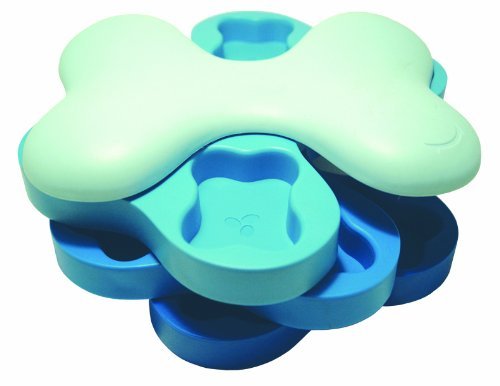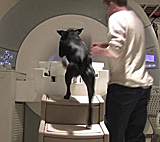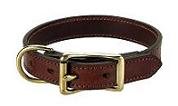What is a Genetic Disorder?
Basically a genetic disorder is caused by poor breading practices or inbreeding reaching back many generations. It's commonly found in purebreds but not exclusively. Abnormalities in the genetic make-up (the gnome) play a significant role in causing the condition.
In order to reduce the frequency of inherited conditions strict record keeping and control of the breeding stock is paramount. Animals exhibiting the disorder must not be bred thus eliminating the possibility of passing on their bad gene. The Labrador Retriever or Lab, as they are commonly referred to, along with other larger breed dogs have a high incidence of Elbow and Hip Dysplasia. .
Elbow Dysplasia: Affects both front legs. The dog will show lameness and elbow pain in the forelimbs. Two of the causes for this disorder are fragments of cartilage peeling away from the bone within the joint and the other is the bones that form the joint grow at different rates and do not fit together properly. Environmental factors such as diet, trauma and activity also play a role in the in the development and progress of the disease. If your dog is at high risk of developing this defect then over-eating and rapid weight gain may also contribute to it.
Lameness will usually begin between 7 and 10 months of age. It will be noticeable when your dog first gets up or starts to walk or run. The initial lameness will be very subtle and it may take awhile to become obvious and able to be diagnosed. Prognosis for your dog depends on how quickly the problem is treated and how far it has progressed when treatment begins. Early treatment usually brings good clinical results before osteoarthritis sets in. If left untreated the dogs lameness and pain will increase.
Treatment may involve surgery to remove any bone fragments.
Diet and exercise will help control their weight thus less wear and tear on their joints. Medications may include non-steroidal anti-inflammatory drugs to control the pain .
Hip Dysplasia: This is the most common inherited orthopedic disease in large dogs and the Lab is no exception (When purchasing your Lab or any large breed dog, ask the breeder about hip certification in their breeding dogs and go a few generations back).
The hip is a ball and socket joint. When there is looseness in the joint and the tendons are stretched, they will repeatedly allow the ball to partially slip out of the socket. Over time degenerative changes occur in the socket and the dog will become lame and weak in the hind end experiencing a great deal of discomfort. Hip Dysplasia although present a young dog will not generally become obvious until the dog gets older. It generally takes years for the constant wear and tear on the joint to begin causing severe pain. You will begin to notice it when your dog has difficulty getting up, climbing stairs or after exercise. There is no cure pain control is the best you can offer. You can do a few things to ease his discomfort by watching his diet and keeping his weight under control.
With careful selection of breeder and history of hip dysplasia in their breeding stock you will have a happy healthy Lab.
Love your dog

 Five Ways to Stop Dog Barking When You Leave Your Pet Alone
Five Ways to Stop Dog Barking When You Leave Your Pet Alone
 Probiotics for Dogs: Your Dogs Best Friends?
Probiotics for Dogs: Your Dogs Best Friends?
 Tips On How To House Train A Puppy
Tips On How To House Train A Puppy
 Canine Nutrition and Wellness Part 2: Feeding Your Dogs Homemade and Unprocessed Meals
Canine Nutrition and Wellness Part 2: Feeding Your Dogs Homemade and Unprocessed Meals
 Top 10 Dogs for Apartment Living - Ten dog breeds that do well in apartments
Top 10 Dogs for Apartment Living - Ten dog breeds that do well in apartments
 How to potty train your puppy
How to potty train your puppy
 Dog Life Jacket
This summer my hubby and I h
Dog Life Jacket
This summer my hubby and I h
 Cat scans and MRIs
Cat scans and MRIs
Cat scans and MRIs
Cat scans and MRIs
 Canine Nutrition and Wellness Part 3: To Give or Not to Give Your Dog Supplements?
Nowadays, if you browse the
Canine Nutrition and Wellness Part 3: To Give or Not to Give Your Dog Supplements?
Nowadays, if you browse the
 English Bridle Leather Dog Collars
If you have a medium to larg
English Bridle Leather Dog Collars
If you have a medium to larg
 Dogs :: Four Basic Commands That Your Dog Need to Learn (Page 1 of 2)
There are certainly lots of factors for proprietors to
Dogs :: Four Basic Commands That Your Dog Need to Learn (Page 1 of 2)
There are certainly lots of factors for proprietors to